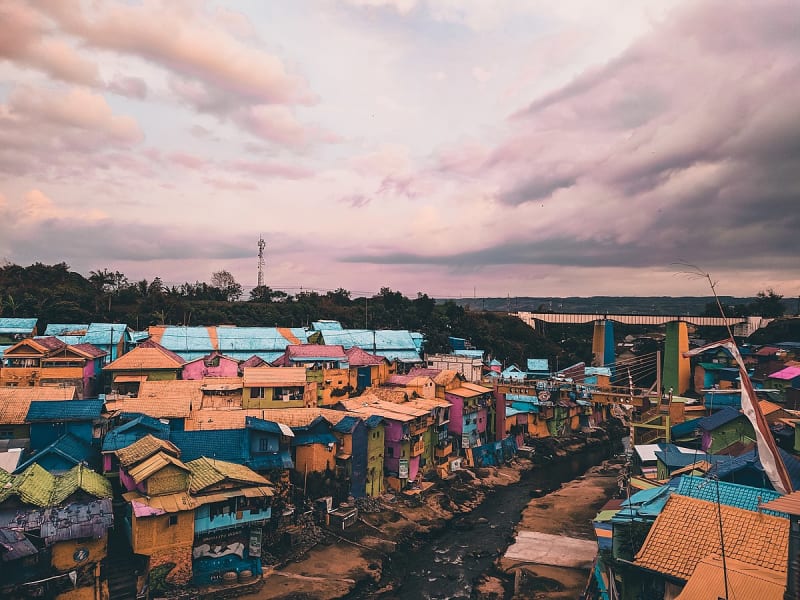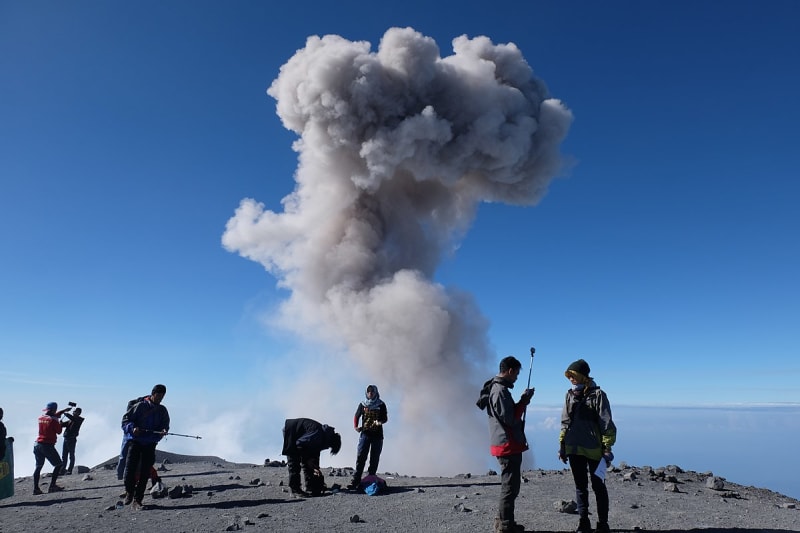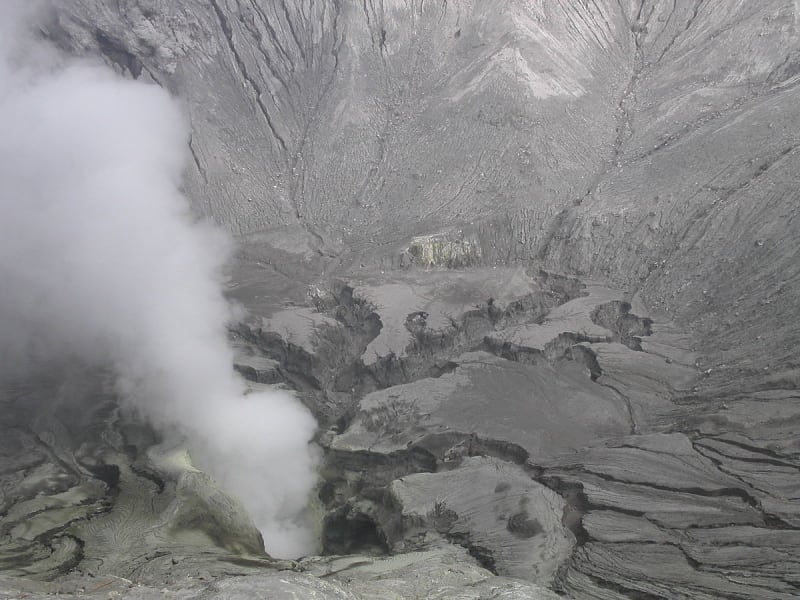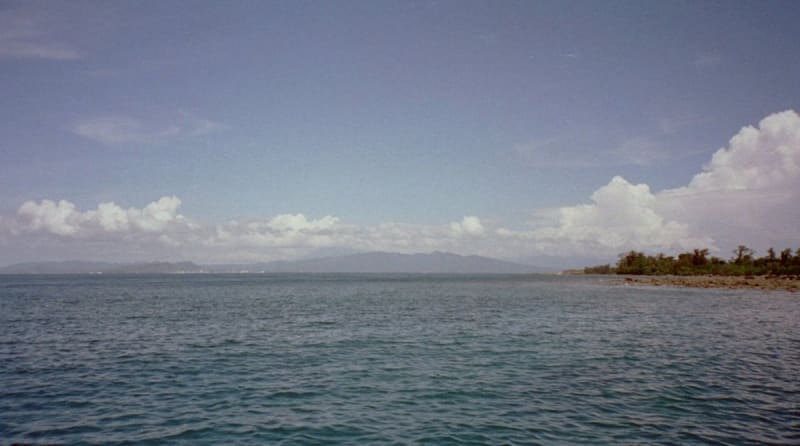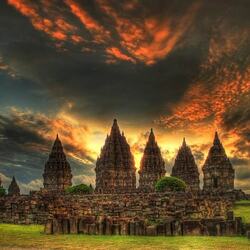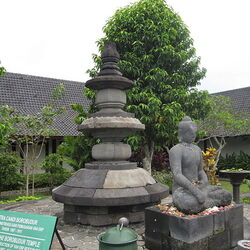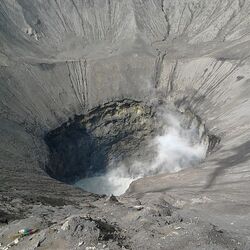Java Island
Java is associated with the pearl of Indonesia in society, despite the fact that it does not have the picturesque beaches that Bali boasts or the majestic jungles of Kalimantan, the energy of this place still attracts millions of tourists to the island. Here they can appreciate the splendor of ancient buildings, visit volcanoes and natural parks, admire the endless tea and rice plantations.
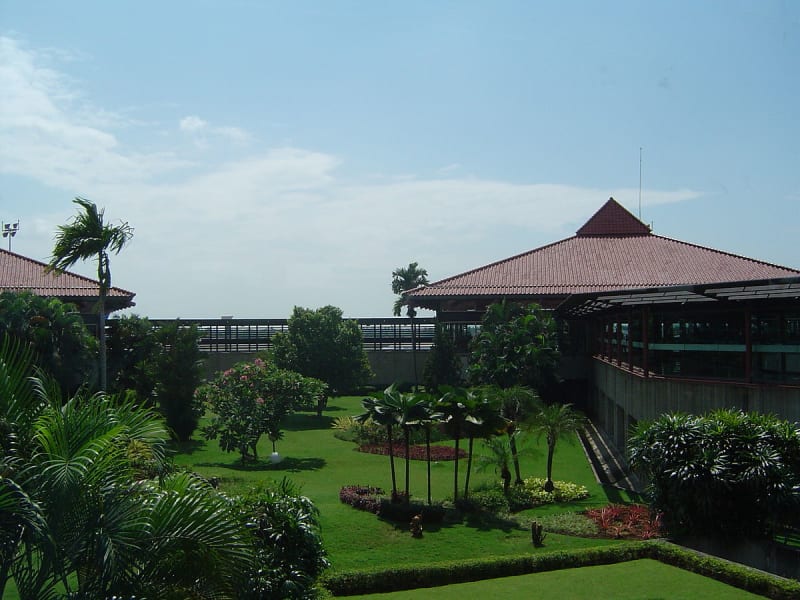
Brief information
Java is just over 1,000 kilometers long and cannot boast of a large width: its maximum is only 200 kilometers. But almost 140 million people live in such a small area, so many say that Java is overpopulated and not at all suitable for a comfortable stay. But don't stay too long on the streets of big cities: the island will reveal the true beauty far from populated areas.
A bit of history
Java has long served as a bone of contention and a place to apply the strategic skills of all the inhabitants of Indonesia. The reason for such a clear desire to capture the island lies in favorable conditions for growing rice: the main crop, which is still the only chance for the locals not to starve to death.
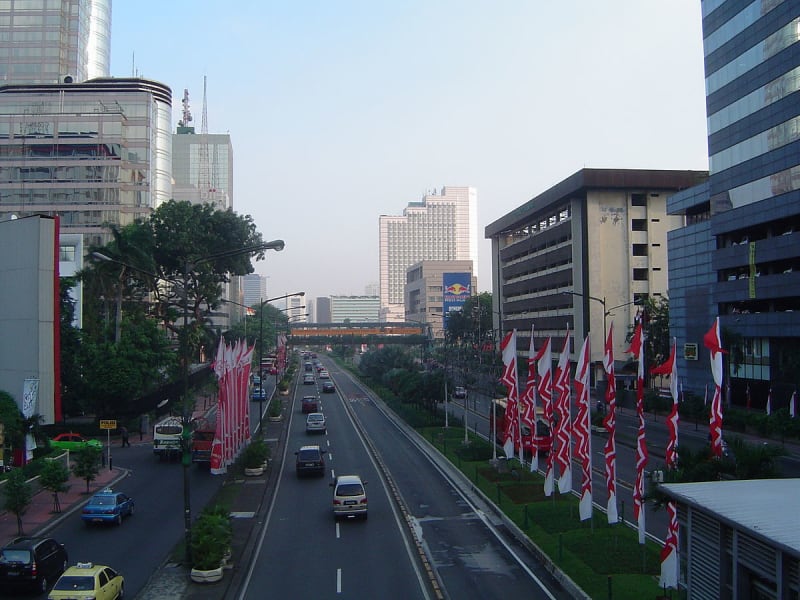
The first state was formed on the island of Java around the 3rd century BC. Over the next few centuries, the kingdoms changed like gloves on the hands of a fashionista, until the Mongols settled here in the 13th century. However, they did not rule here for long, and one of the local sultans seized power again. His sensitive leadership or skillful military actions helped create an empire that included almost all of modern Indonesia. But in the 16th century, the state again broke up into separate principalities. In the 17th century, Java was captured by the Netherlands, in the 20th century it came under the patronage of Japan, from which it was able to free itself only in the middle of the last century.
Java Attractions
Charming beaches, fire-spewing volcanoes, magical forests - all this is an island in all its natural splendor. In Java, travelers will have no time to lie on the sand, because only here you can feel the heat of the earth's magma on the volcanoes of Krakatoa and Broma, stroll through luxurious gardens and parks, admiring the fantasy of nature, and explore ancient temples that have miraculously survived to this day.
The most important of them remains the Borobudur temple, built in the VIII-IX centuries. The building is often compared to the stone book of Buddhism: you can spend hours studying ancient pictures telling about the earthly life of the Buddha. Moreover, all of them are embossed on the exterior walls. The temple is completely empty inside. The Prambanan Temple boasts a special charm of stone embroidery. It is believed that it was built as a competitor to Borobodur.
The Sultan's palace is still inhabited. In fact, it is an entire city with its own schools, mosques, houses, streets and squares. At the same time, the Sultan himself is served by 1,000 people, the rest simply live in the historical district. The Chandi Sukuk Temple complex is probably the most shocking and mysterious place on the island. The Sampoern House is considered the best cretek cigarette museum, but not only tobacco lovers should visit here.
Taman Sari Water Castle has long been a park only for royalty. Moreover, the architect who created this masterpiece of human creativity was ordered to be executed so that he could not tell about all the wonders and secrets of the charming haven. However, now only ruins of the magnificent palace remain. But they are enough to imagine all the former beauty. It is simply impossible to list all the sights of Java, it is easier to come to the island and see everything with your own eyes.
